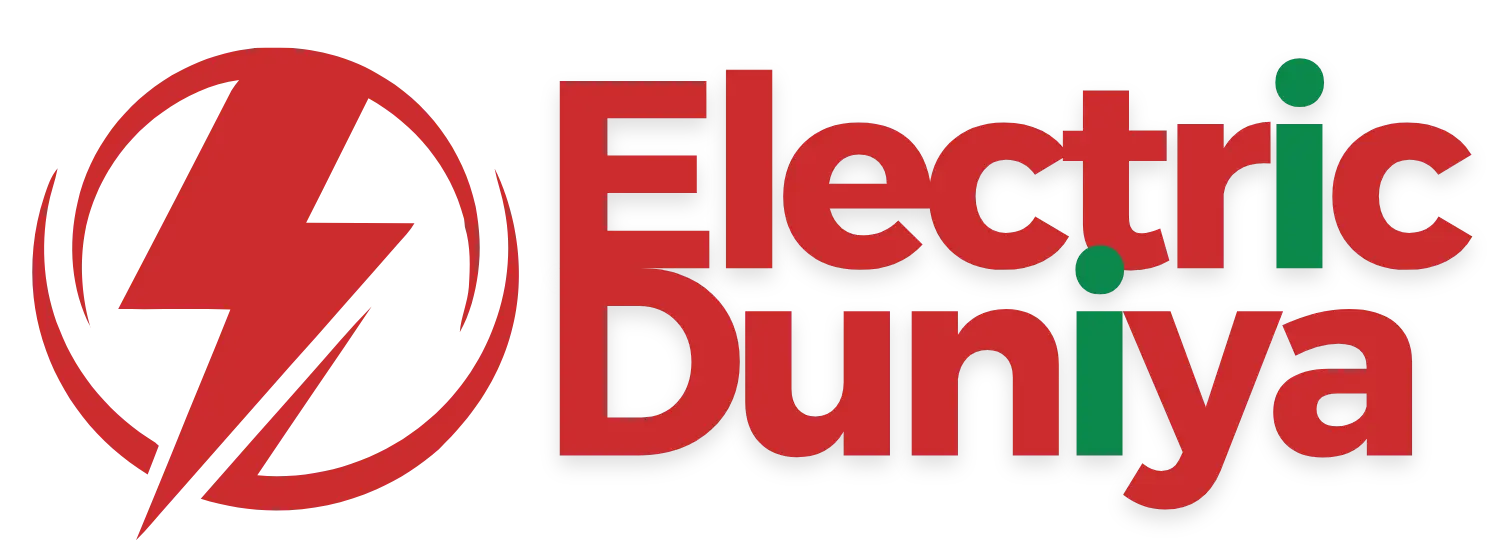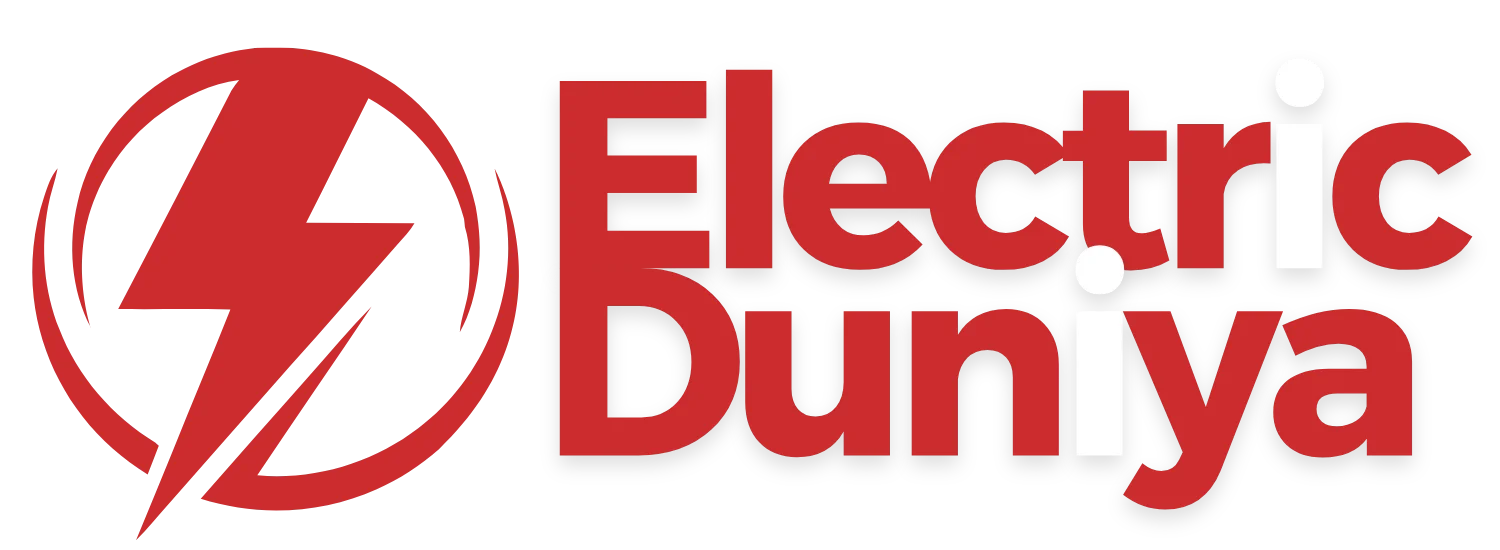Home Charging
Home charging refers to the process of recharging an electric vehicle (EV) at a residential location using a standard outlet or a dedicated charging station.
Overview
Home charging is the most convenient and cost-effective way for EV owners to power their vehicles. Instead of relying solely on public charging networks, drivers can charge overnight at home, ensuring their vehicle is ready for daily use.
As EV adoption grows, home charging plays a central role in enabling widespread electric mobility. It reduces dependency on public infrastructure, lowers energy costs through off-peak charging, and integrates seamlessly with renewable energy sources like rooftop solar panels. For many owners, home charging transforms EV ownership from a logistical challenge into a smooth, reliable routine.
How Does It Work?
The operation of home charging depends on the type of equipment and the electrical capacity available:
-
Level 1 Charging – Uses a standard household outlet (120V in North America, 230V in many other regions). It provides slow charging, adding a few kilometers of range per hour, and is best suited for overnight charging.
-
Level 2 Charging – Involves a dedicated home charging station connected to a higher-voltage outlet (240V in North America). It significantly reduces charging time, often adding 25–40 kilometers of range per hour.
-
Smart Charging Integration – Advanced chargers allow scheduling, monitoring, and energy optimization. They can shift charging to off-peak hours or coordinate with renewable sources to minimize costs and emissions.
In practice, an EV owner simply plugs the vehicle into the charging port, and the onboard charger regulates energy flow safely from the grid to the battery.
Features of Home Charging
-
Convenience
Provides overnight charging at the owner’s residence, eliminating frequent trips to public stations.
-
Cost Efficiency
Enables lower electricity rates through off-peak usage and potential integration with home solar systems.
-
Flexibility
Supports both slow (Level 1) and faster (Level 2) charging options depending on installation.
-
Smart Control
Offers app-based monitoring, scheduled charging, and consumption insights.
-
Safety Mechanisms
Equipped with protective features like circuit breakers, ground-fault detection, and automatic shutoff.
Applications in EV
-
Daily Commuting: EV owners recharge overnight, ensuring a full battery for work or school runs.
-
Long-Range Planning: Level 2 home chargers support quick top-ups before road trips.
-
Fleet & Business Use: Small businesses or ride-sharing drivers rely on home charging for cost savings and operational reliability.
-
Renewable Integration: Pairing home chargers with solar panels maximizes green energy use.
-
Smart Energy Ecosystem: Home charging integrates with smart grids to balance demand and reduce peak-load stress.
Conclusion
Home charging is the foundation of practical EV ownership, combining convenience, affordability, and sustainability. By enabling overnight charging and integrating with smart energy systems, it empowers drivers to embrace electric mobility with confidence. As technology advances, home charging will evolve further, offering faster speeds, greater connectivity, and stronger ties to renewable energy.

